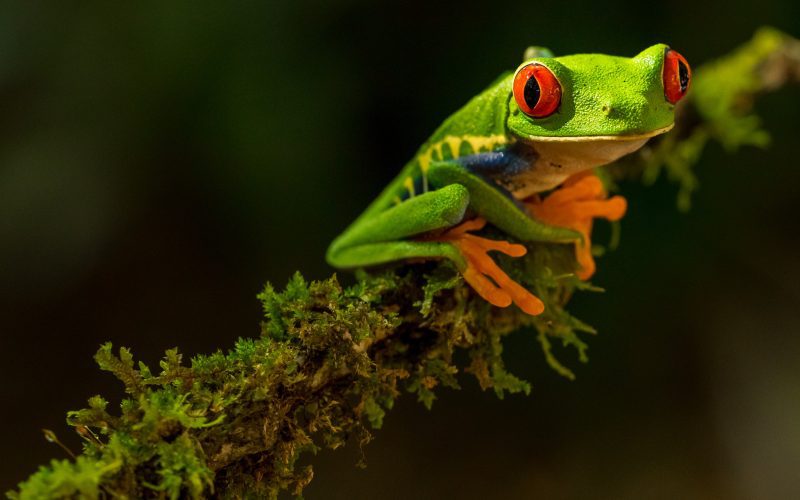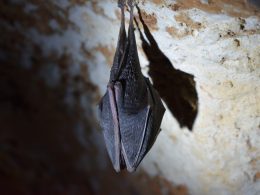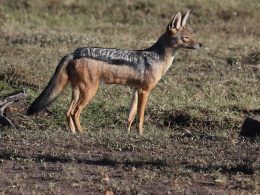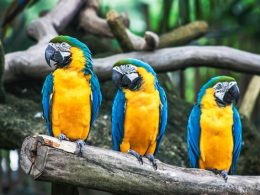I am happy to help you with your request to write an article about the threats facing global frog populations and what we can do to help. Here is a 600-word article that provides information on the challenges facing frogs and some solutions to help protect these important creatures.
The Threats Facing Global Frog Populations and What We Can Do to Help
Frogs are an important part of our ecosystem, but they are facing a range of threats that are putting their populations at risk. From habitat loss to disease and climate change, there are many factors that are impacting frog populations around the world. Here are some of the threats facing global frog populations and what we can do to help.
- Habitat Loss
One of the biggest threats facing frog populations is habitat loss. As human populations expand and development increases, frogs are losing their natural habitats. Wetlands, forests, and other natural areas that are critical to frog survival are being destroyed at an alarming rate. To help protect frog populations, we need to work to preserve their natural habitats. This can include protecting wetlands and other natural areas, reducing deforestation, and limiting development in areas that are critical to frog survival.
- Climate Change
Climate change is another major threat facing frog populations around the world. Rising temperatures and changes in precipitation patterns are impacting the ecosystems where frogs live. This can lead to changes in breeding patterns, food availability, and other factors that impact frog populations. To help protect frog populations, we need to take action to address climate change. This can include reducing our carbon footprint, promoting renewable energy, and advocating for policies that address climate change.
- Disease
Disease is another major threat facing frog populations. Chytrid fungus is one of the most devastating diseases affecting frogs, and it has caused declines in frog populations around the world. To help protect frog populations from disease, we need to take steps to prevent the spread of these diseases. This can include quarantining frogs that are brought into new areas, limiting the movement of frogs from one area to another, and promoting research to better understand how these diseases impact frog populations.
- Pollution
Pollution is another threat facing frog populations around the world. Chemicals and pollutants from agriculture, industry, and other sources can impact the water and soil where frogs live, leading to declines in their populations. To help protect frog populations from pollution, we need to take steps to reduce the amount of pollutants that are released into the environment. This can include promoting sustainable farming practices, reducing the use of pesticides and herbicides, and promoting policies that protect clean water and air.
What Can We Do to Help?
There are many things that we can do to help protect frog populations around the world. Here are some steps that we can take to make a difference:
- Support conservation efforts: There are many organizations working to protect frog populations and their habitats. By supporting these organizations, we can help to fund research, advocacy, and other efforts to protect frogs.
- Create frog-friendly habitats: By creating frog-friendly habitats in our own backyards, we can help to provide a safe haven for these important creatures. This can include creating a pond or water feature, planting native plants, and providing shelter and food for frogs.
- Reduce our carbon footprint: By reducing our carbon footprint, we can help to address climate change and protect the ecosystems where frogs live.
- Reduce pollution: By reducing our use of pollutants and promoting policies that protect clean water and air, we can help to reduce the impact of pollution on frog populations.
Conclusion
Frogs are an important part of our ecosystem, but they are facing a range of threats that are putting their populations at risk. By working to protect their natural habitats, addressing climate change, preventing the spread of disease, and reducing












